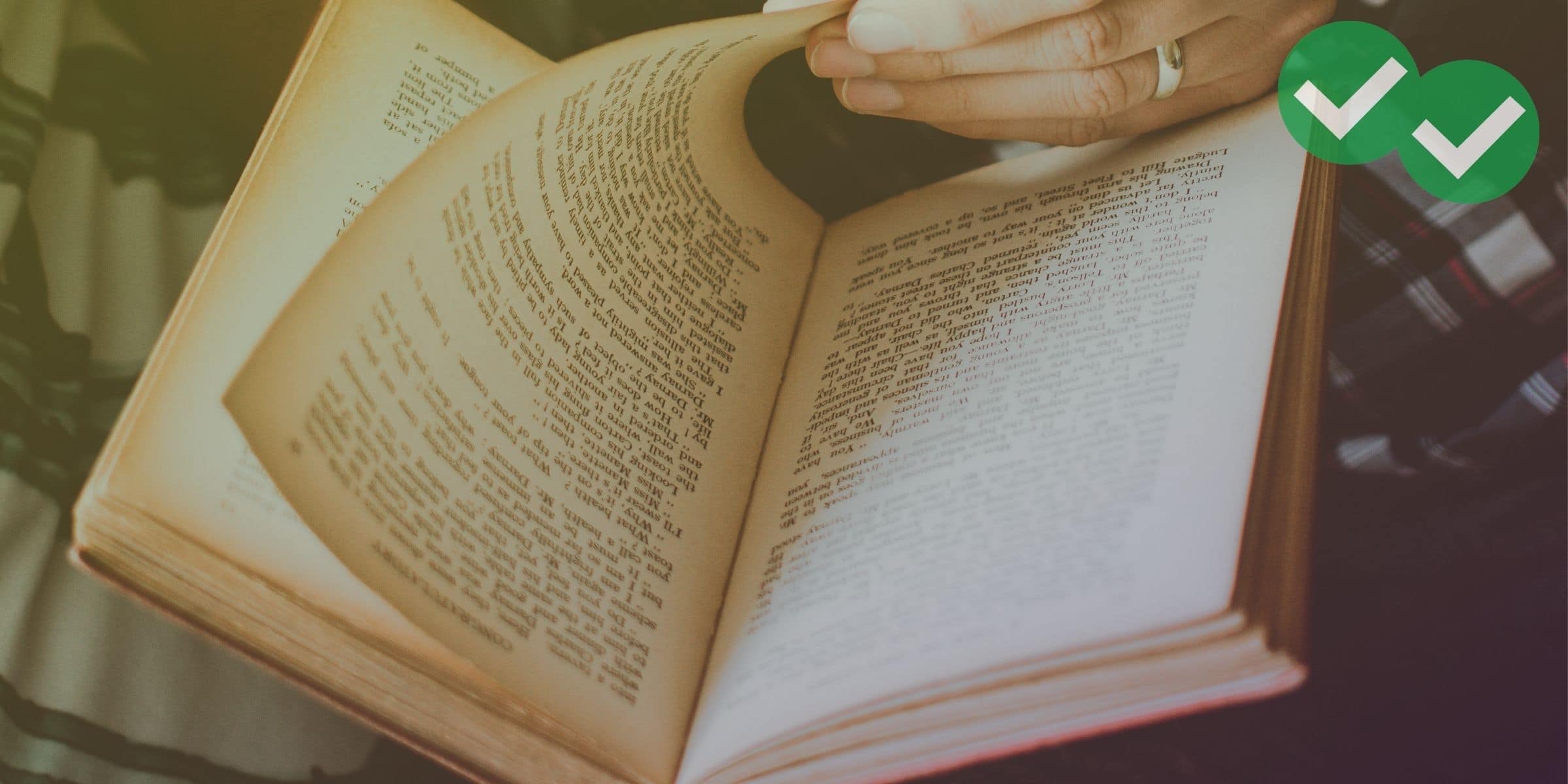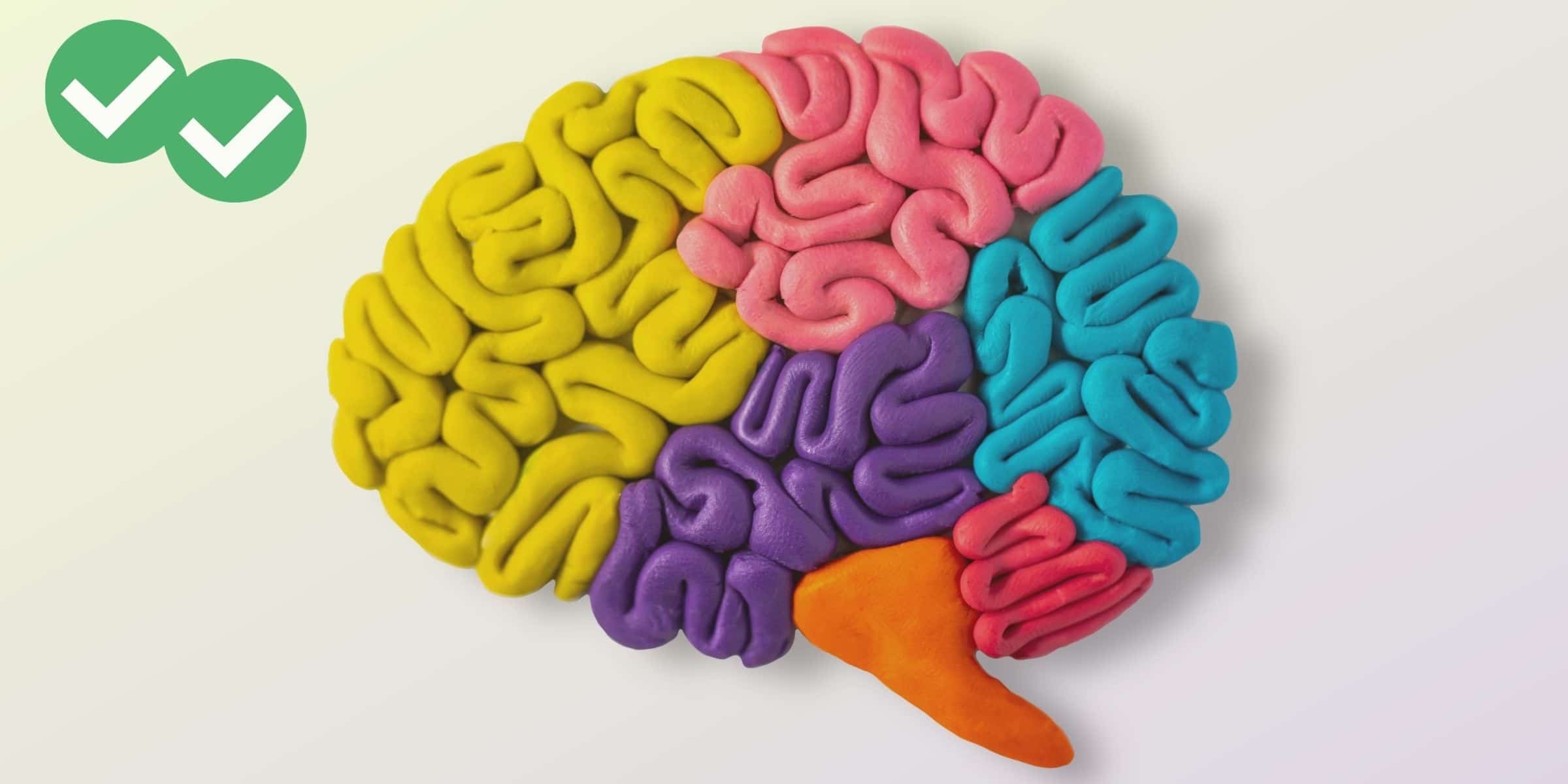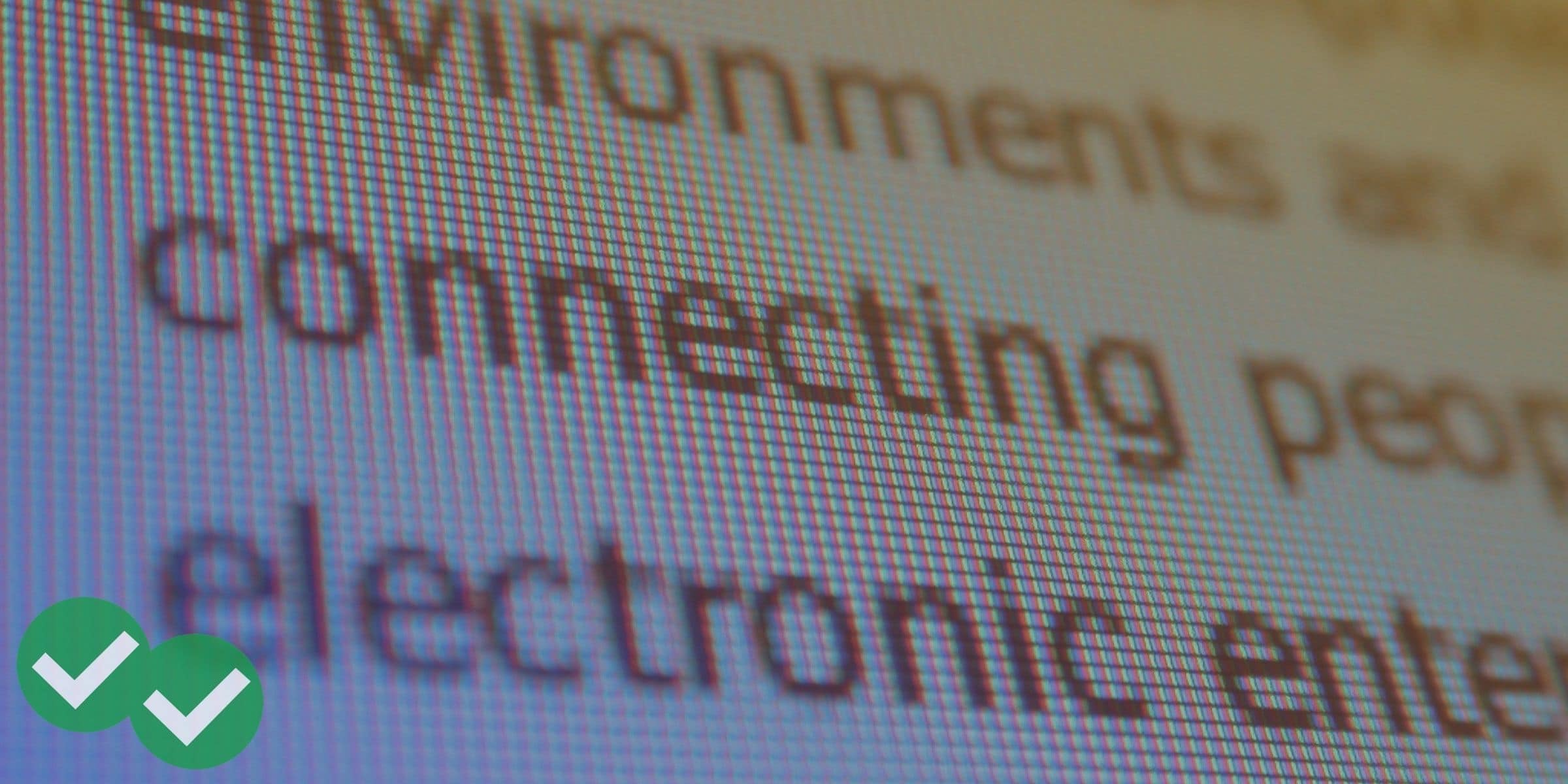A lot of reading well—especially for the TOEFL—is recognizing the most important ideas and distinguishing them from less important ideas. In this post, I’ll give you some tips to help you recognize main ideas in reading passages.
Look at the beginning and/or end.
When you write an essay, you necessarily repeat yourself. Some people say that you should say what you’re going to say, then say it, then say what you said—that is, the introduction contains hints of the information that will be in the body, the body explains that information, and then the conclusion repeats it and draws it all together. Fortunately, this means that usually the main idea of a passage can be found at the beginning and/or at the end. Everything in between is usually supporting detail. Just by reading the first and last paragraph of an essay or the first and last sentence of a paragraph, you can usually get a pretty good idea of what the piece is about.
There are many exceptions to this, though, and if you haven’t already read the text, it can be very confusing to only read single sentences from each paragraph, so this is generally not a good idea if you haven’t read the passage at all yet. If, however, you have to identify the main ideas (when answering a summary question, for example), then it helps to look at the beginnings and endings of paragraphs and whole passages.
Cross out supporting details.
What if the beginning and end aren’t telling you what you need to know? One strategy is to work backwards by eliminating all information that you know isn’t necessary. This may include examples, details, and explanations.
Mark sentences from least to most important
Crossing out the supporting details is a quick way to eliminate some nonessential information, but it isn’t perfect. Here’s a related strategy that builds on your outlining skills: mark each sentence, either with numbers or by arranging them on a page, according to its importance. Any sentence that has only very small details gets, let’s say, a 3. A sentence that’s a little broader gets a 2, and the sentence that is most general or broad gets a 1. You may have multiple sentences marked 2 and 3, but there should only be one marked 1. If you were to put these numbered sentences into an outline, 1 would be at the top. All of the #2 sentences would fit under it conceptually, and some of the #3 sentences would go under each #2. This is a good way to break down the excerpt and conceptualize its format visually.
Of course, you can’t really do this while taking your actual TOEFL iBT. Instead, this is just an exercise to practice finding the big ideas. But if you practice it many times before your test, the habit of finding #1 sentences will be very useful.






Leave a Reply